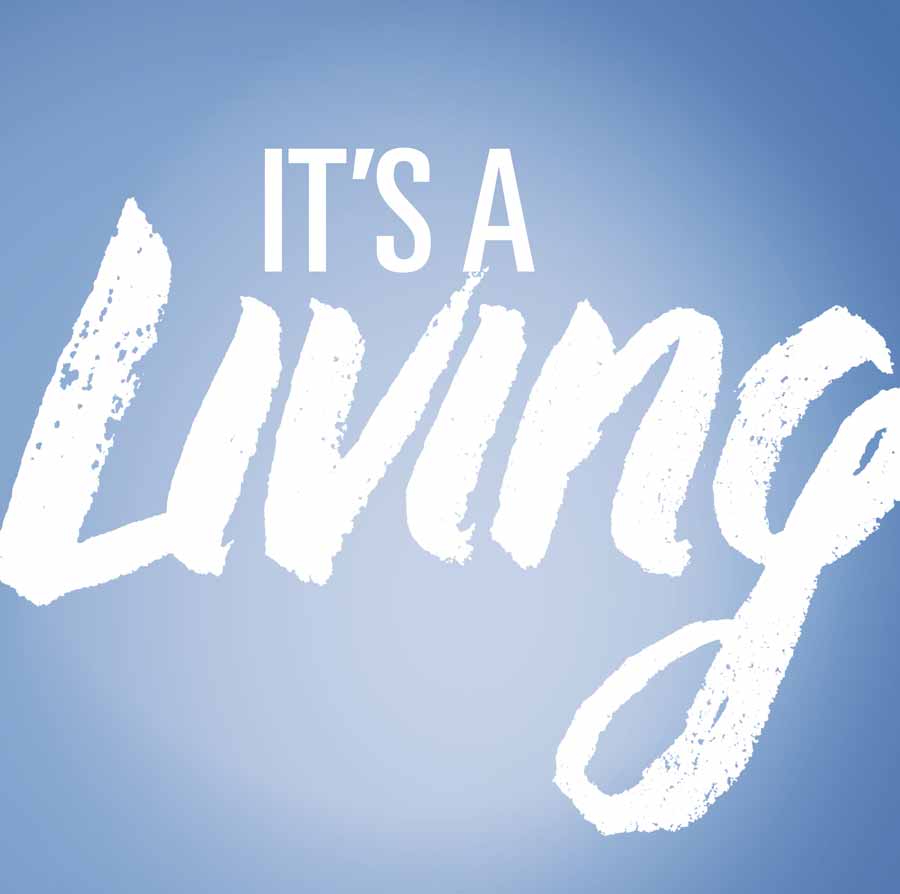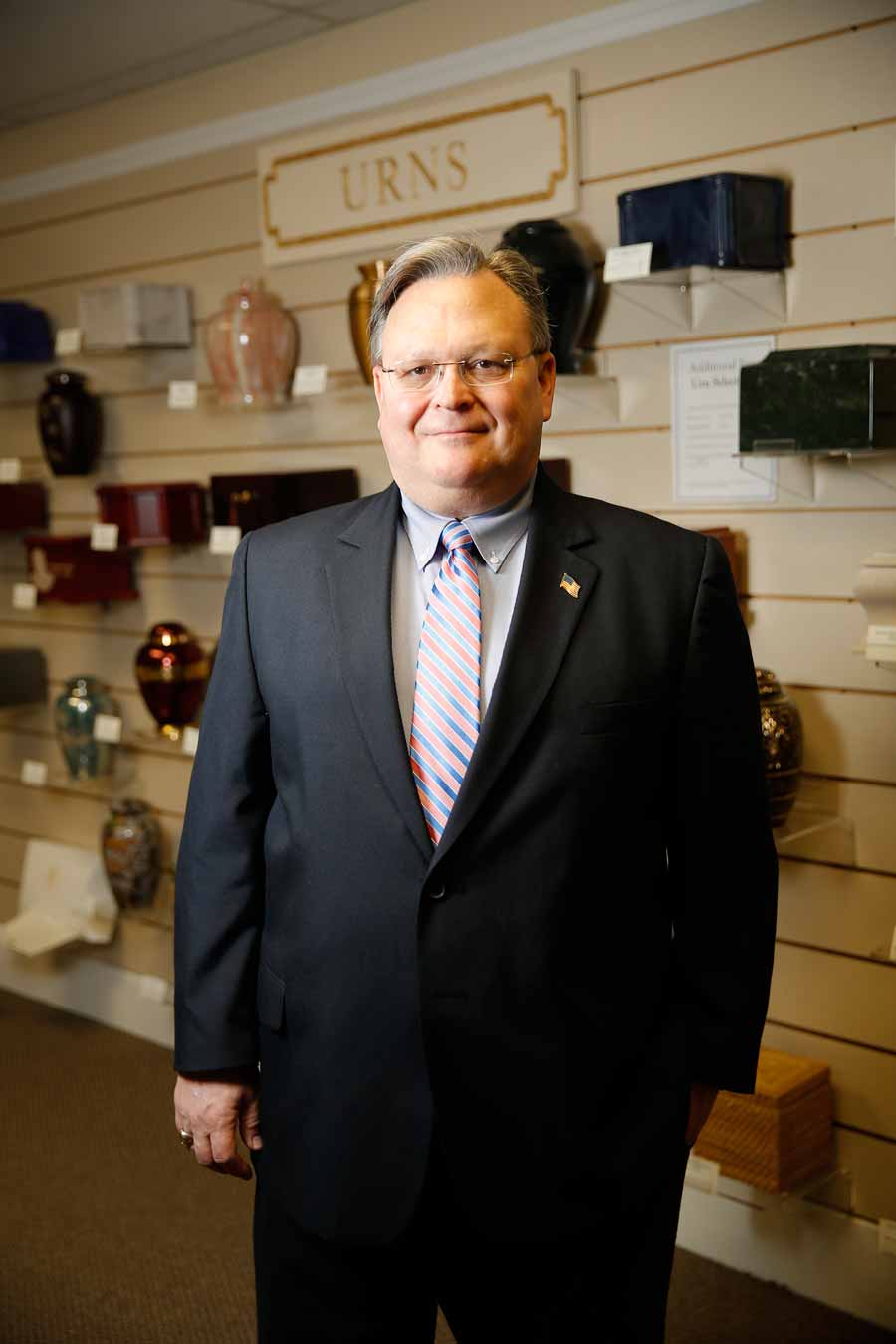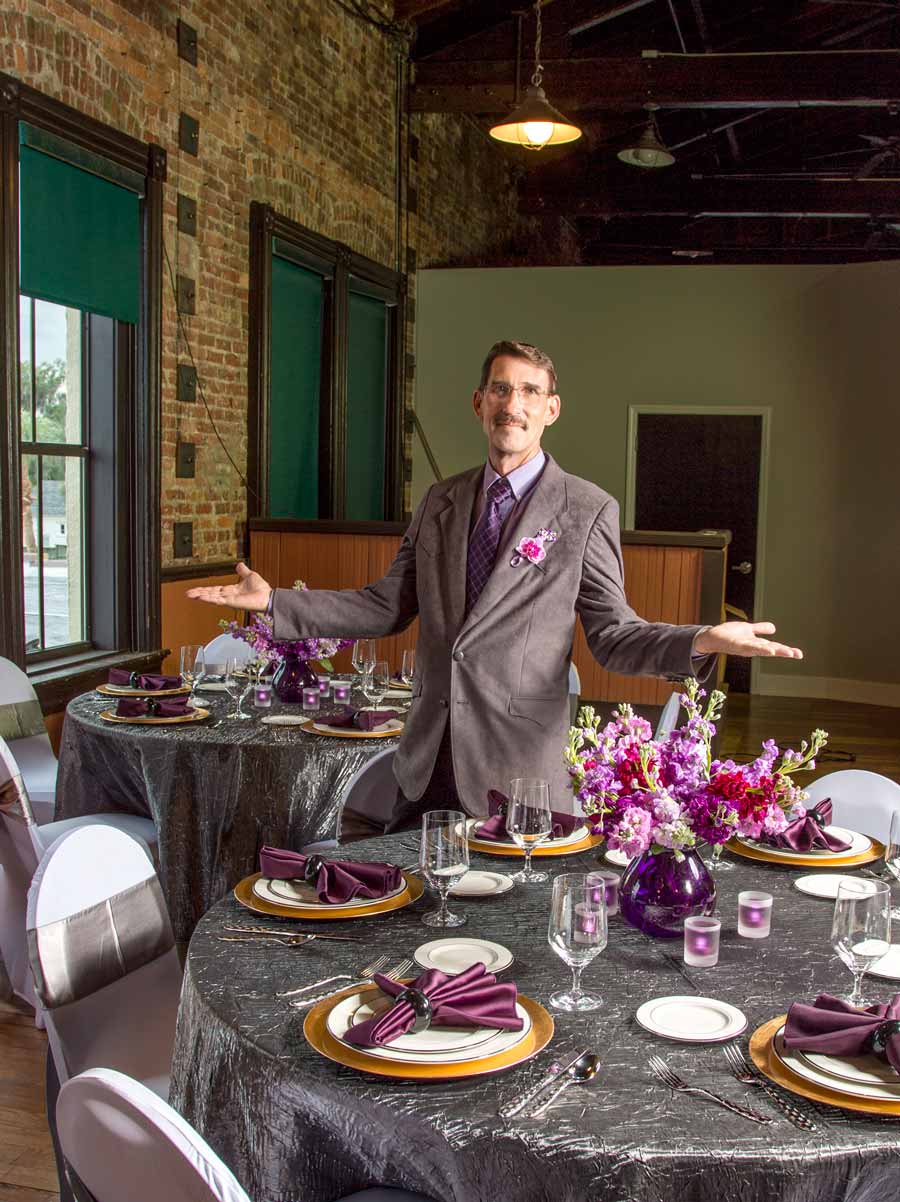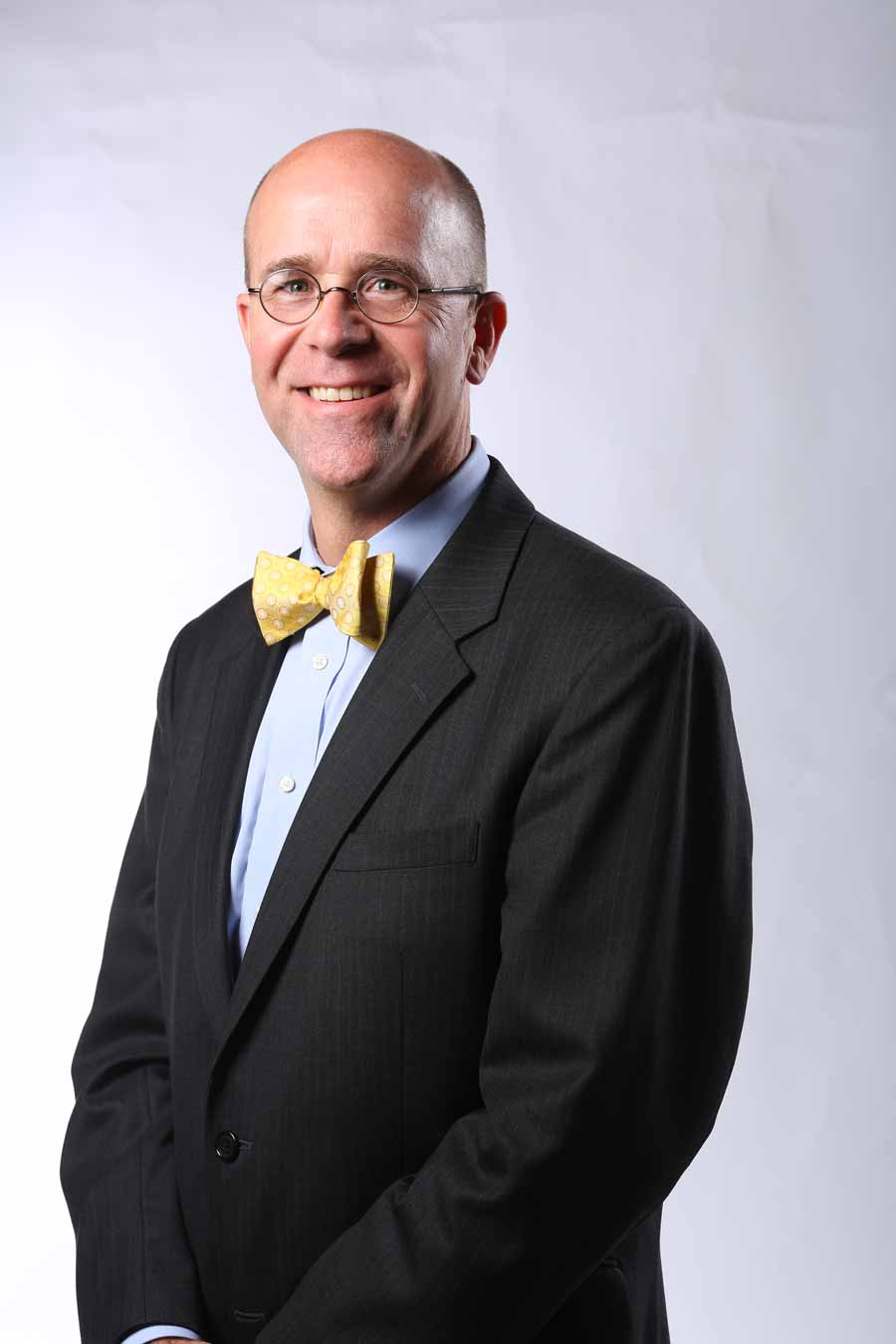It’s a living
WRITERS: James Combs and Michelle Clark // PHOTOS: Fred Lopez
Most people don’t even want to talk about death. It’s why there is a reluctance to make funeral plans or write a will. However, there are those for whom death is a part of the daily routine. Their work-a-day world centers on dying and death. Yet the living realize without their invaluable help it would be difficult to make that journey to the finish.
She sees dead people
Wendy Lavezzi, M.D., serves as a forensic consultant for ABC’s legal thriller “How to Get Away With Murder.”
Considering she has performed 3,500 autopsies since 2005, it’s easy to see why her expert opinion is highly valued.
As deputy chief medical examiner for District 5, she has seen it all—from elderly people dying of heart attacks to a small girl strangled by a python. And she relishes the challenge of her job.
“I’m part sleuth and part investigator,” she says. “There’s an investigative component that I really like. You truly have to know about so many medical conditions to perform a successful autopsy.”
While the thought of performing endless autopsies seems like a gruesome task to many, Wendy enjoys helping to bring closure to grieving families. And sometimes, she even saves lives.
“I examine dead people to help living people. Sometimes I may find a new communicable disease. In one instance, I examined a young girl who had blockages in her artery. I told her family members, and when they got checked it was discovered they had blockages, as well. Again, I help living people by looking at dead people.”
How long an autopsy takes depends on the cause of death. An autopsy on a heart attack victim may take only one hour, while a homicide case may take all day. During an autopsy, all organs are surgically removed and examined for presence of injuries or diseases.
For Wendy, it’s vitally important to be detached.
“I cannot allow myself to become emotionally involved because then I’m not thinking about what I need to do to get evidence that may convict a criminal. What I am during an autopsy is scientifically involved. I have to have a clear head and gather all the information I need to accurately determine the cause of death.”
‘Urn’ing a living
Engaged couples spends months—even years—planning the perfect wedding. But funeral directors such as Jim Semesco have only a few days to pull off the most important ritual in a person’s life. And he does this hundreds of times each year.
“People have no idea of how many details are involved to plan a good funeral,” says Jim, a third-generation funeral director and area general manager of Page Theus Funeral Home in Leesburg. “In a way, we’re like event planners because a funeral can have as many details as a wedding. But we have to do it all in three days.”
Many people have a deep misunderstanding of a funeral director’s work. Jim is not obsessed with death and corpses, nor does he walk around in a dark suit with a mournful look on his face. And although he has buried many people, he sheds a positive light on his industry by maintaining a genuine sense of satisfaction by helping families cope with their grief.
“People have always been my passion,” he says. “To help people during the most difficult time in their lives is rewarding and meaningful in a way most would not understand. If you do a good job with the funeral, you have made a friend for life. A good funeral director looks at this job as a ministry.”
While Jim loves talking to his clients, he realizes listening is the most important aspect of his job.
“As a funeral director, you have to listen to their needs and anticipate their wants. I always tell people that I’m their guide. Once they tell me what they want, I begin moving forward.”
He must also be willing to adapt, especially considering today’s funerals reflect the particular lifestyle of the deceased.
“Many services are nontraditional. Millennials want a customized and celebratory service where a person’s personality is portrayed. When people walk out of these kinds of services they are smiling because they feel a person’s life has been honored.”
It’s a party
Grieving can cost you dearly, taxing your emotions and your finances. Traditional services are held to a quickened timeline, making the process even more overwhelming. For a number of reasons there is a rising trend in celebration of life parties, which allow family and friends to treat a loved one’s passing how they wish, when they wish.
Bob Tucker, owner of Events by Miss Daisy and operator of Opera House Events, says celebration of life parties are gaining popularity due to the convenience of cremation.
“Because of the cost, most people are choosing cremation. They hold on to the remains and have a celebration of life at a time when it is convenient for all the family to get together. Sometimes it can be a week, three weeks, or even two months later,” he says.
This alternative is also favorable because of its approach to loss. Bob says they’re typically no different than a birthday or an anniversary. Complete with customized decor and catering, a celebration of life allows mourners to face bereavement from a different outlook.
“If a person who has lost someone has that little bit of personal time to grieve, when it comes time to do the celebration of life, they are in a far better frame of mind,” Bob explains. “It becomes more of a time when they really can reflect on the person and not on their own personal emotions.”
Care with comfort
Chuck Lee fondly remembers the outstanding care his father-in-law received from hospice while battling bone cancer.
“The caregivers were excellent and helped him with pain management,” Chuck recalls. “They brought love and compassion into the home. Although my father-in-law succumbed to the disease, he received outstanding care during the end of his life. I said to myself, ‘I want to do what they do.’”
So Chuck switched careers and joined a hospice chapter in Pensacola as a marketing and outreach coordinator in 2001. Throughout the years, he worked his way up the organization, and three years ago, was named as chief executive officer of Cornerstone Hospice.
When people think of hospice, they automatically associate it with death and dying. But that’s not what hospice is really about. Instead, the organization provides care and comfort while helping people focus on the life still left to live.
And that’s what makes Chuck’s job rewarding. The same goes for Cornerstone Hospice’s 650 employees and numerous volunteers.
“I love being part of an organization that focuses on our patients’ physical, emotional, and spiritual needs,” he says. “We see people in their most vulnerable moments and consider it a privilege that they allow us to take care of them in their homes. Their well-being and happiness is at the forefront of every decision I make.”





